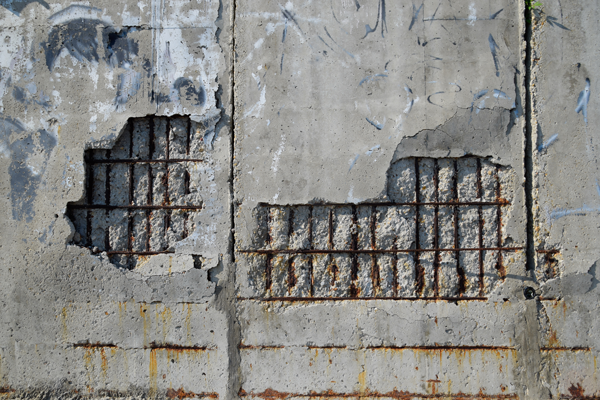The UK’s education system is in crisis over crumbling assets, with more than 150 schools across the nation ordered to close over fears of structural collapse due to the use of potentially dangerous concrete.
The schools, largely constructed during the 1950s, used reinforced autoclaved aerated concrete (RAAC), made of lime, water and an aeration agent and which has been assessed as putting buildings at risk of collapse after 30 years.
RAAC is described as “80% air” and is also known as “crumbling concrete” with a nickname of “Aero Bar” after a popular chocolate bar which has pockets of air.
In early September, the UK Government announced that 156 schools had been built with RAAC and repair work had begun on 52 of these.
The schools awaiting repair have been closed and local councils have been forced to find temporary solutions in libraries, and marquees, just as tens of thousands of British schoolchildren return to begin a new school year.
There was anger from teachers and parents when the UK Government originally refused to fund these temporary measures, but that decision has been rescinded.
UK Chancellor of the Exchequer Jeremy Hunt has said that the Government will “spend what it takes” to remedy the situation and said that “an exhaustive process has been carried out to identify the schools at risk.”
Prime Minister Sunak was been strongly criticised by a former senior civil servant in the education department, Jonathan Slater, who went to the media with claims that when he was the UK treasury chief Sunak had halved the number of schools to be refurbished each year from 100 to 50 — far fewer than the 300 to 400 Slater said were needed.
In response, Sunak said that refurbishing about 50 schools a year was in line with what past governments had done.
In Scotland, 35 schools were found to contain RAAC but have not been closed.
Schools may not be the only buildings with RAAC, and the material is also believed to have been used in more than 30 hospitals, and also in other municipal buildings as well as shopping centres and homes.
Adding to the crisis is the possibility that the crumbling concrete would then expose asbestos, which remains in more than 300,000 UK buildings.














